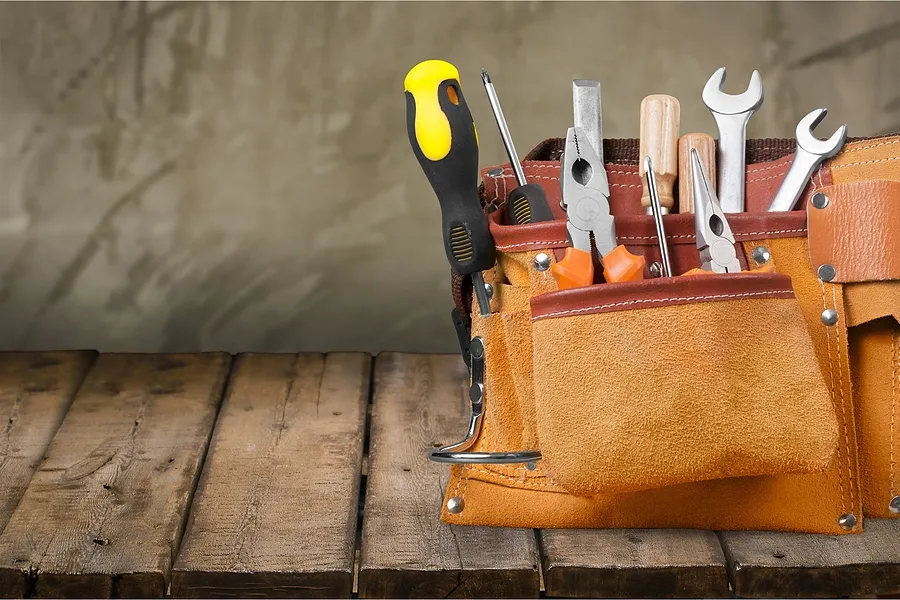The Big Picture

TransGard’s full-spectrum approach reviews everything from overhead access to staff training to prevent animal-caused outages
TransGard has always been a source of solutions when it comes to assessing animal incursion challenges, and identifying the best options for specific substations. Animal intrusions at substations pose serious risks: equipment failure, flashovers, outages, regulatory fines, and repairs that can soar into the hundreds of thousands of dollars.
Over the last year, TransGard has been crafting an expanded, comprehensive “outside-in” approach to these challenges.
A full spectrum mitigation strategy integrates physical barriers, insulation, behavioral deterrents, and staff readiness to create a secure environment that deters animal entry and minimizes the risk of contact with energized components, without harming the animals or disrupting utility operations.
Here are just a few examples of these elements:
Perimeter Exclusion A robust perimeter fence acts as a barrier to larger animals such as deer or coyotes, and deters unauthorized human access, including potential vandalism or sabotage. In addition, signage and secure access points further enforces physical security.
Habitat Management Substation managers can make a substation less appealing to animals by reducing factors that attract animals to substations in the first place, such as food sources, shelter, and easy access. Habitat management can include the regular removal of debris, overgrown vegetation, or nesting material from inside and around the fence line. TransGard recommends the modification of site surroundings to eliminate harborage points like drainpipes, open structures, low-hanging brush, or overgrown trees.
Overhead Access It is important not to overlook animal access from above, especially in areas where squirrels and birds can bridge conductors or drop down into equipment. Proper mitigation prevents access from overhead lines and poles. TransGard recommends installing squirrel guards/baffles on overhead lines to block travel into substations, and using pole wraps to eliminate vertical access routes.
Energized Interior Deterrents The primary protection system for the substation, an energized fence delivers a humane, effective deterrent to animals that breach the perimeter stopping them before they can reach critical equipment.
Using energized deterrents to leverage an animal’s behavior can also humanely stop current and future entry without causing harm.
Equipment Insulation As a secondary layer of defense, equipment insulation helps prevent animal contact with energized parts in the rare event that a breach occurs past the energized fence.
Methods of adding equipment insulation include installing bushing covers on transformers and circuit breakers to insulate high-risk contact zones, and placing conductor covers and cable shields to protect exposed energized lines and prevent faults.
Staff Training & Response Giving personnel the training and tools to identify animal risks, operate and maintain mitigation systems, and respond to intrusion events gives facilities ready access to updated service and support. Field staff should be trained to safely operate, inspect and maintain fencing, covers, and deterrents as part of routine operations.
Owners and operators should also implement protocols for documenting and responding to animal intrusions to improve future mitigation.
A layered, science-informed approach is the most effective way to keep animals out and the power on. If you’d like a free site audit to see how this approach might help protect your substation, get in touch with us via our contact page.
